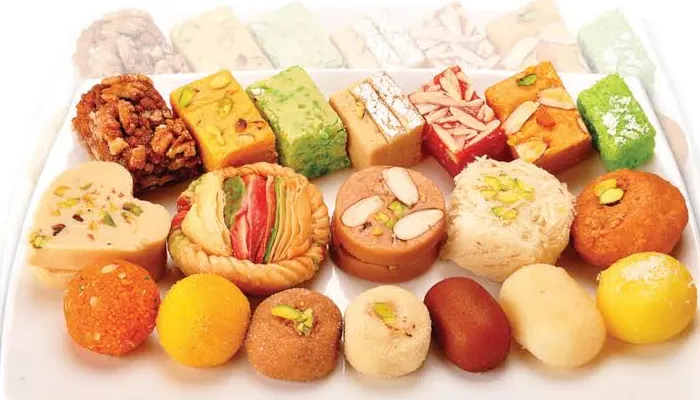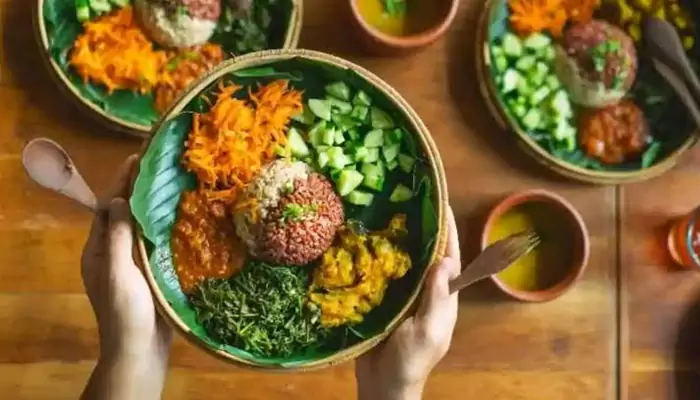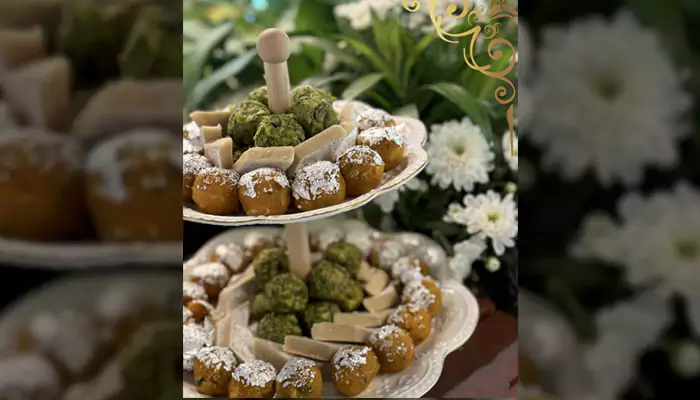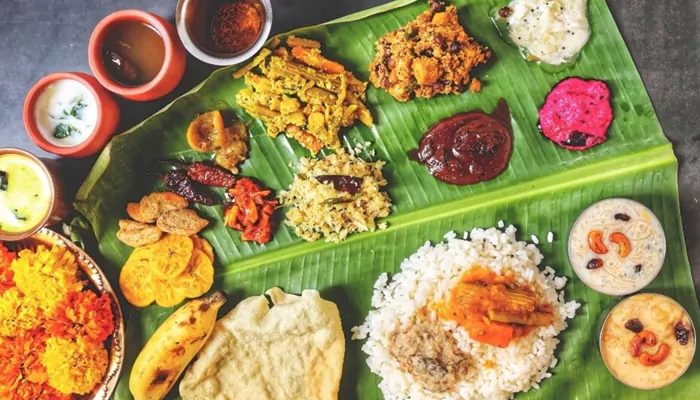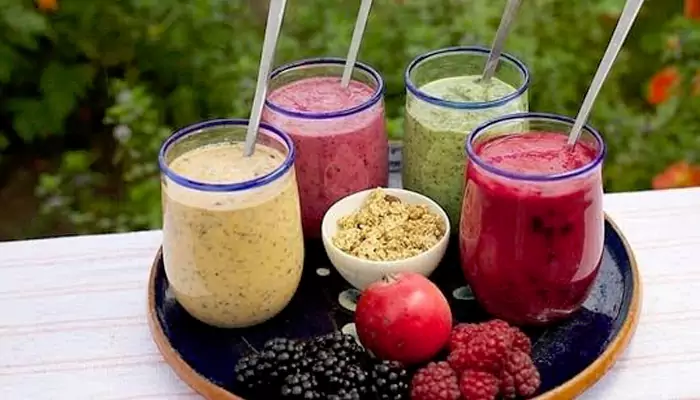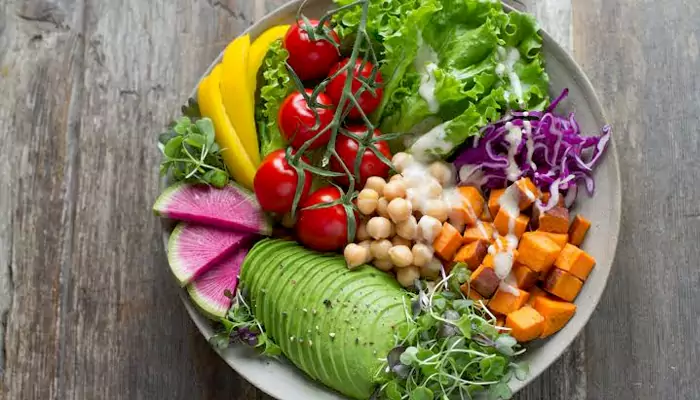Tandoori to Trendy: Epic Journey of Indian Cuisines Post-independence
- Soham Halder
- 1 year ago
- 4 minutes read

Preparing to celebrate 77th Independence Day, India possesses a unique combination of flavours as well as regional and cultural influences in its cuisine.
Prepared with different spices with aromatic flavors and textures, delicious and diverse Indian cuisine has been captivating for countless generations. Over the years, especially post independence, the Indian dishes have undergone evolution in terms of flavours, cooking methods amidst changing food preferences. Just like a long history of human existence, there is a vast history of food as well. Each cuisine has its own distinguishing cultural, political as well as geographical influencing factors giving rise to its most recent form. In this article, we will discuss about this journey of evolution since 1947.

(Credit - @parawahid X handle)
Indian Cuisine in Pre-independence Era:
From grains to lentils, fruits to vegetables, since thousands of years, Indian subcontinent has been famous for wide range of flavorful dishes. When settlers arrived on Indian subcontinent thousand years ago, since then, the experiment and fusion have started growing. People from different cultures came and implemented their own style to enrich India's culinary legacy.
Rulers’ Preferences: Different rulers significantly impacted and shaped Indian food habits. Chef Chalapathi Rao of Simply South explained, “Every era, be it ancient medieval era, Mughal era, colonial era, or the post-independence era, had something to offer us in terms of ingredients and various cooking techniques that we adopted over time.”
In the ancient medieval era, people preferred seafood due to abundance. Another major reason was travelling. Millets and grains were also available since that time. The Mughal era witnessed the rise of yogurt-based curries. The Portuguese traders introduced potatoes and tomatoes in gravies. Similarly, British rulers introduced bread in India.

(Credit - @adandfigs X handle)
Indian Cuisine in Pre-independence Era:
The partition had a major impact on Indian cuisine. The migration of people enriched Indian cuisines as they carried their culinary heritage, which eventually passed down through generations. Cooking methods saw a significant evolution.
Change in Cooking Methods: North Indian foods witnessed a major shift in post-partition era. Delhi was famous for Mughlai cuisines like shabdegh, pulao and so on. Mughlai recipes were originally prepared following slow cooking methods, with aromatic spices including saffron, cardamom, and cinnamon. A major change happened when tandoor cooking methods were introduced. People in western Punjab have been using cylindrical clay oven, which literally took over Delhi's traditional cooking methods.
Warm your palate with Tandoori delicacieshttps://t.co/hxn6so5RpM pic.twitter.com/9aVuLQBXIV
— t2 (@t2telegraph) December 5, 2019
(Credit - @t2telegraphX handle)
Change in Food Preference: Since partition, Mughlai’s food yogurt based curries with different spices were replaced by tomato-based gravies. The exchange of culinary cultures led to the fusion of flavours and the introduction of new dishes including pindi chole, red meat, along with some tawa dishes. People from northeastern part of India, who settled in Kolkata region post independence brought revolution through introduction of Chinese cuisine with Indian flavours.
Availability of ingredients led to evolution of different preservation techniques.
The Biggest Change:
Every time you scroll down on social media, you might come across some food bloggers roaming around the streets and sharing their views on different restaurants. Yes, the biggest visible change in post-independence era in India is the rise of street food culture. People are preferring dining out, which is prompting new restaurants with different recipes to come out.
Credit - @hungry traveller Instgram Page)
Some dishes are still famous since partition, they are biryani, kebabs, roti, chitt, bagocha, and saag, along with different varieties of lentil-based recipes.
Food has no barriers; it’s all about transferring the culture, ingredients, and cooking techniques. Broadly, key influencing factors for vast diversity in Indian cuisines include: climate, soil type, culture, occupation, ethnic groups, availability of vegetables, religious beliefs, large-scale cultural interaction with people from East to West.
Since ancient times, Indian food has gone through significant evolution – but its core elements still remain the same.

